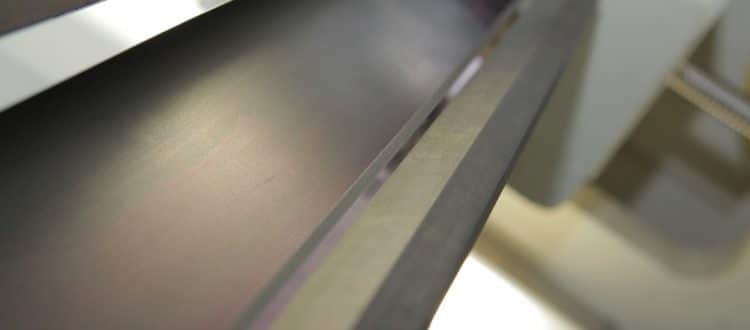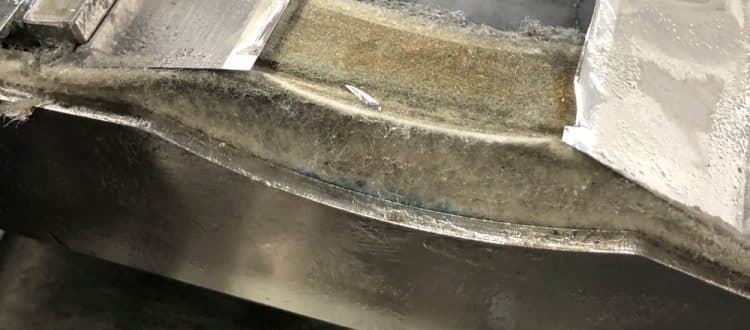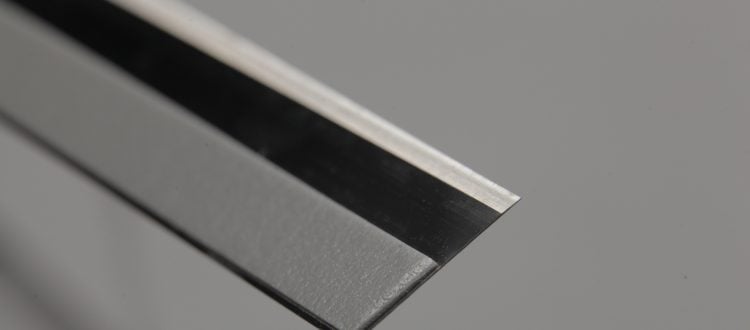It makes no difference whether you are running a fleet of narrow-web flexo presses with open ink trays or big central impression cylinder machines with pressurized ink supplies and steps leading to the top of the press. They still have one thing in common: anilox rolls. Often described as the heart of a flexo press, these laser-etched, ceramic-coated rolls make the difference between top-quality printing that brings customers back for more and work you hope passes muster with your clientele.
Do you keep your rolls clean?
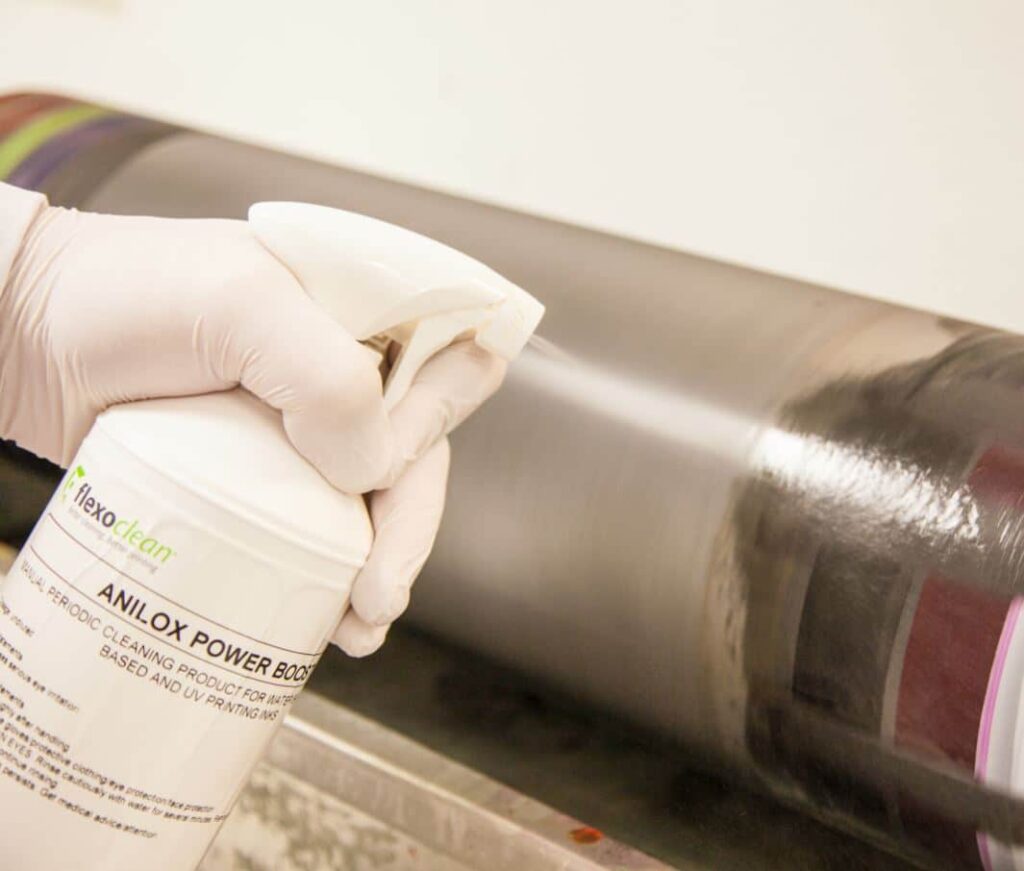
Given their importance, one would think keeping anilox rolls as clean as possible would be an obvious step, but as Provident Group’s ink systems experts travel to shops all over North America we find clean rolls are almost an afterthought. Almost every day we see rolls that are seldom cleaned thoroughly, resulting in a range of imaging and ink system problems. Often, a business owner or shop foreman has called us in to find out why their ink system seems to be performing short of expectations. As many as nine times out of ten we find they have anilox rolls that have only a nodding acquaintance with cleaning solutions, let alone a tank dedicated to roll cleaning. So what’s going on in your shop?
What experience tells us
We recommend cleaning rolls after every shift and certainly after long-run jobs. This doesn’t mean a casual wipe with a dirty rag, something we see all too often, especially on smaller presses. Wiping with a cloth picks up the ink that remains on the surface of a roll but does little for the cells, except help ensure ink can be left in the cells to dry, making the roll a bit less efficient after each job.
We know it takes time to remove a roll and perform a thorough cleaning in a tank dedicated to the purpose, so this process is best left to the end of a shift or during weekly scheduled maintenance. But using a clean rag and the appropriate cleaning solution between jobs can keep a roll in better condition and help guard against declining print quality.
For a deeper clean we recommend dedicating a tank to anilox cleaning only, and ensuring the solution in those tanks is fresh and clean. We know it takes extra time and effort, but map that against the costs of improper or inadequate cleaning: downtime, degraded print quality, and wasted product and material. To get a handle on this in your shop, run the numbers for labor and non-productive time plus wastage to gauge the impact improperly cleaned rolls may be having in your plant. This gives you a basis for instituting rules and procedures to address any issues you encounter. Then measure again after two or three months of better practices.
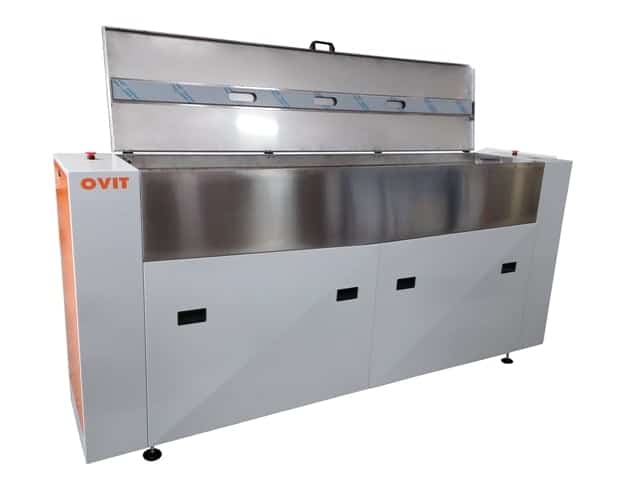
Too often we see printers sending rolls out for deep cleaning, re-engraving of older ones, or even being poised to buy new rolls. Those reactive steps may be necessary, but the proactive solution is implementing comprehensive cleaning practices. One of the greatest differences we see between shops that are growing and consistently profitable is the attention given to these basic best practices. It takes some diligence to make these habits, but the results are ones you can take to the bank.
Going deeper
So how can you really be sure how a roll will perform on press, so the best possible rolls can be chosen for the big long-run job coming up next week?
The more you know and can measure, the more successful you can be. In the case of your anilox rolls, knowing and measuring requires peering deep into the cells and determining their actual capacity. As you know, the cells all have a specific capacity, which is really just a tiny amount of ink. Rolls wear as they are used and cell capacity also shrinks from the bottom up as dried ink takes up space. Proper cleaning helps remove much of this ink, but it still accumulates over time. Only regular examination can provide an accurate measure of cell capacity.
The most common way of measuring cell capacity is with a strip of what is basically aluminum foil, rubbed hard to conform to the cells, and theoretically provide an analog measure of capacity. It’s cheap and fast, but you get what your pay for, including measurement errors that tell you little of what you really need to know.
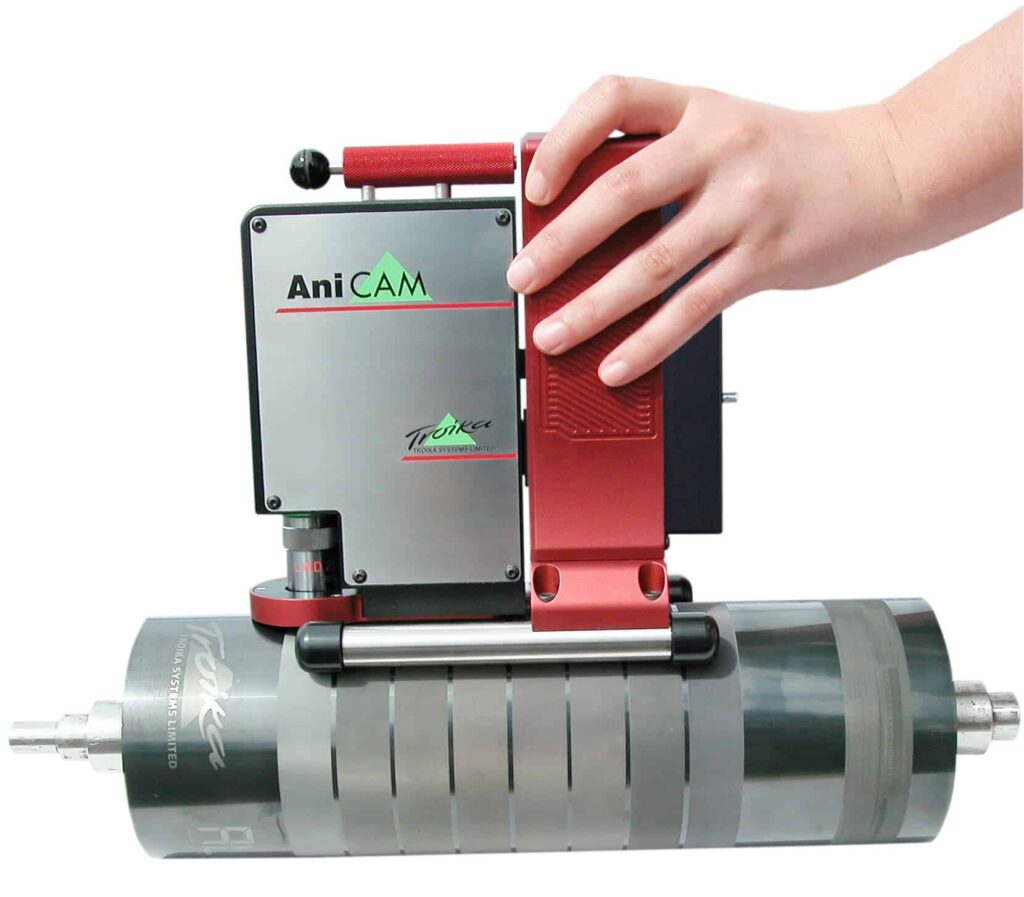
The digital alternative is a device called the Troika AniCAM, which employs a 3D scanning microscope that dives into the depths of anilox cells so you can quantitatively measure their capacity and the overall condition of your rolls. The AniCAM not only provides a photo of the cells in your anilox rolls but also and a report on cell capacity so you can know, for instance, that the cells in two-year-old set of 4.0 BCM rolls are now capable of only 2.9 BCM, a difference large enough to cause some problems in attaining accurate color densities, thereby increasing set up and make ready time when using those rolls. Being able to track cell capacity and roll condition over time helps guide decisions about roll cleaning, re-conditioning or replacement, the kind of intelligence you need about critical parts of your press. Think of it as an ultrasound test for the heart of your press, or an MRI of your anilox rolls, compared to the low-resolution X-ray provided by the ancient aluminum foil technique.
We at Provident can provide a complete ink systems analysis that can highlight places where you may be able to raise the bar on print quality, productivity and more. And much of it begins with keeping your presses, particularly anilox rolls, as clean as possible. Call us to find out more and to schedule an ink systems analysis.


